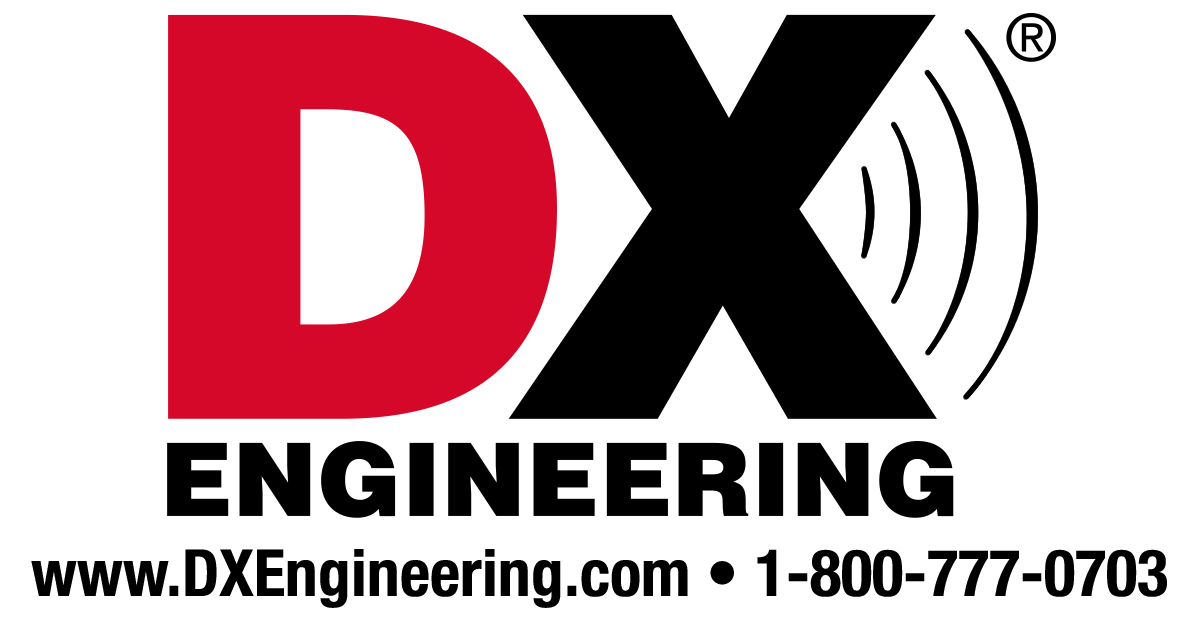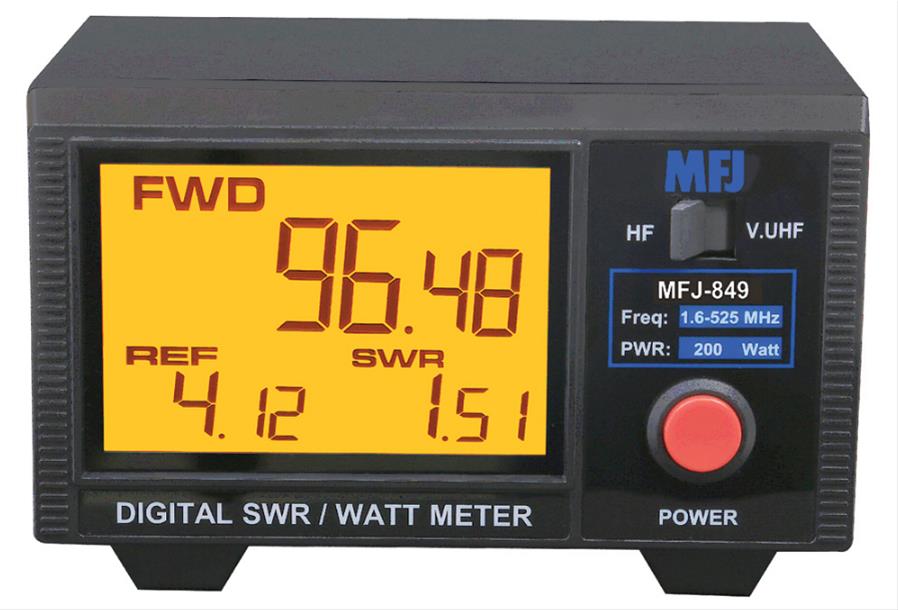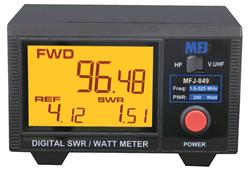Bird meters are nice if you can get one inexpensively. There really isn't a lot to them, a line section, an interconnecting cable and a meter. Not much that can go wrong. The 'smarts' are in the slugs. I bought a used one about 20 years ago for personal use. I have a Coaxial Dynamics unit at work. The Bird meter looks like it was dragged down the road behind a truck, but still works just fine.
But they are often overkill for many amateur radio operators, and they do not give you a direct SWR reading. They'll show forward power and reflected power, you need to use a conversion chart to provide a standing wave ratio. If you are not running high power/legal limit stuff, the hobby grade meters are fine. You are not running a lab here, just want to check your antennas. There's a lot of good low priced meters on the market that will do what you need.
What hasn't be mentioned is the NanoVNA devices. They run about $60 bucks and give you a lot more useable information. They have a bit of a learning curve, but the provided information will tell you a lot more about your antenna system than an SWR meter will on its own. For a newcomer, there are some good tutorials on line/youtubes. For some, the display gives you a better representation than an SWR meter will. An SWR meter will show you antenna performance at a specific frequency. The antenna analyzers, even the low buck NanoVNA's, will show you a slice of spectrum and how your antenna performs across all of it. Some prefer the visual representation over the simple SWR ratio numbers.





